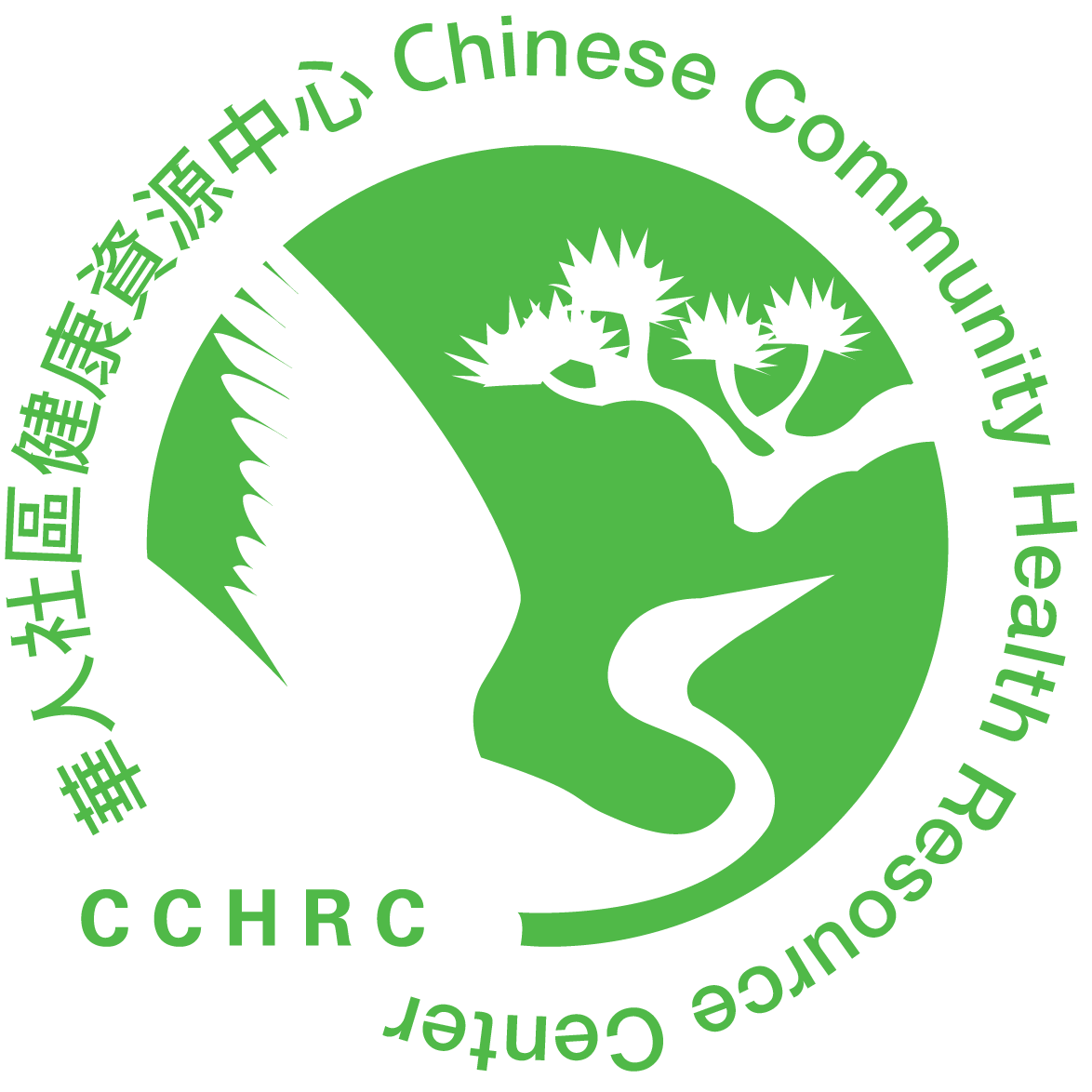When it comes to your health, the types of fat as well as the amount of fat are both important factors to consider. Some fats are more “desirable” than others and should be part of a balanced diet. On the other hand, too much fat, especially the wrong kind of fat, increases the risk of obesity, heart disease, and certain forms of cancer (e.g. prostate, colorectal). All fats are not created equal. Find out which fat is better for you and make the right choice.
Functions of Fat
- A concentrated source of energy (each gram of fat has twice as many calories as protein or carbohydrate).
- An important component of all membranes and many chemical reactions in the body.
- Aids in the transport and absorption of fat- soluble vitamins (A, D, E & K).
- Helps maintain body temperature.
- Improves the flavor of foods and produces a feeling of fullness and satisfaction after a meal.
Sources of Fat
- Dairy Products
- Poultry
- Snack Foods
- Peanut Butter
- Butter
- Gravies
- Egg yolks
- Processed Foods
- Baked Goods
- Margarine
- Oils
- Cream
- Meat
- Fast Foods
- Nuts and Seeds
- Salad Dressings
- Mayonnaise
- Non- dairy Creamer
Types of Fat
Fats are made up of fatty acids: saturated, monounsaturated, and polyunsaturated. Due to the differences in their chemical structure, each influences the body in a different way. Fish oil and trans fat are special types of fat that also affect the risk of heart disease. While fish oil is beneficial for the heart, trans fat is not. All fats, regardless of type, provide the same number of calories per serving (100 cal/tbsp).
Saturated Fat
Saturated fat is usually solid at room temperature, tends to raise total cholesterol and LDL (bad) cholesterol.
- Animal sources: Butter, lard, meats, fats from chicken / beef / lamb / pork, whole milk dairy products.
- Plant sources: Coconut oil, coconut milk, palm oil, palm kernel oil (found in instant noodles, cookies, crackers).
Unsaturated Fat
Unsaturated fat is usually liquid at room temperature, tends to lower total cholesterol and LDL (bad) cholesterol.
- Monounsaturated fat: Canola, olive, and peanut oils, avocado, nuts and seeds.
- Polyunsaturated fat: Corn, sunflower, soybean, sesame seed oils, nuts, and fish oil.
Fish oil contains a class of polyunsaturated fats known as Omega 3 fatty acids, which are abundant in fatty, cold water types of fish, e.g. salmon, sardines, mackerel and halibut. Fish oils may lower the level of triglycerides (a type of blood fat), reduce the risk of blood clotting, and lower blood pressure, thereby reducing the risk of heart disease. To benefit from this, eat fish at least twice a week. Fish oil capsules may be considered a substitute for eating fish when approved by your physician.
Caution: Fish oil capsules may cause the blood to become too thin and can create bleeding problems especially for those persons who take aspirin or an anticoagulant (such as coumadin) on a daily basis.
Trans Fat (or Hydrogenated Fat)
Trans fat is usually solid at room temperature, and tends to increase LDL (bad) cholesterol and lower HDL (good) cholesterol. A process called “hydrogenation” which changes vegetable oils from a liquid to a semi – solid form, forms Trans fat. This process makes the fat harmful to your heart and blood vessels.
Sources:
Store bought baked goods, snack foods, crackers and cookies, vegetable shortening, fried fast foods (such as donuts and French fries), stick or hard margarine.
How Much Fat Do We Need?
The current recommendation by most leading health authorities is to limit the total fat calories to no more than 30% of your daily caloric intake. In addition, minimize consumption of undesirable fats – saturated and trans fats.
To achieve this goal:
- Choose seafood, skinless chicken breast, or tofu instead of beef, pork, lamb, duck, or chicken thighs.
- Allow no more than 2 tablespoons of oil per person per day and choose mono or polyunsaturated oils.
- Use fat – free or 1% low fat dairy products.
- Reduce pastries, cookies, crackers, snack foods made with partially hydrogenated vegetable oils, vegetable shortening, palm, or palm kernel oil, coconut oil, butter, or lard.
- Use soft margarine (in plastic tub) or vegetable oil spread instead of stick margarine.
- Limit fast foods and processed foods.
- Eat more naturally low fat foods such as grains, dried beans, fruits, and vegetables.
Since each person’s caloric need is different, consult your dietitian to help you determine your daily fat allowance.
Copyright © 1999-2020 Chinese Community Health Resource Center
If you would like a copy of this health article, please click on the PDF button in the language you prefer. To view the PDF document, you’ll need Adobe Acrobat, which you can download here.
Bilingual:




